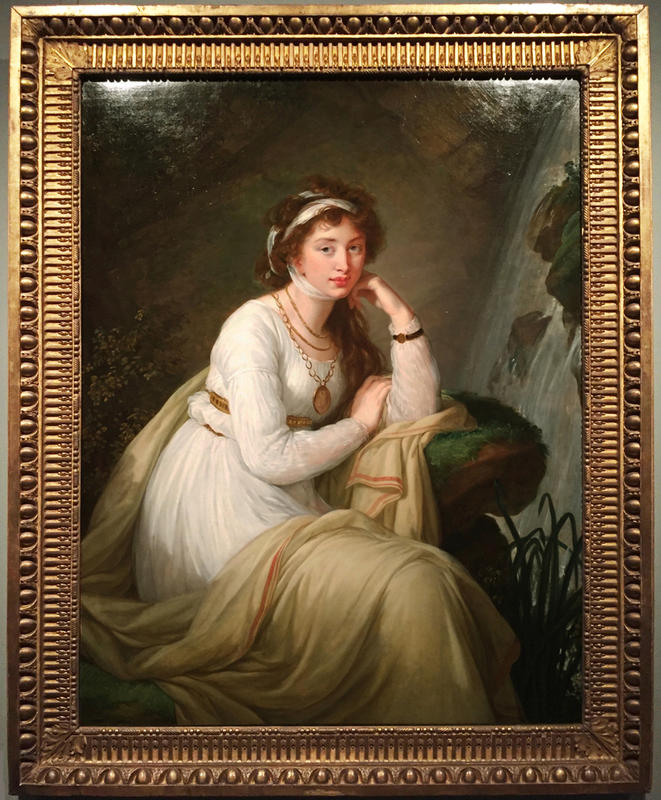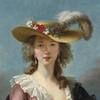More about Countess Anna Ivanova Tolstaya

Sr. Contributor
Vigee Le Brun liked Countess Anna Ivanovna.
She wrote in her memoirs that the Countess was “beautiful and good.” These traits also endeared Anna to the Empress Elizabeth Alexeievna (wife of Czar Alexander I), and artist and memoirist Varvara Golovina. Vigee Le Brun painted portraits of all three friends. Angelica Kauffman painted a different portrait of Anna with her husband and son. The women of the Countess’ family preferred female artists (you go girls!).
Anna may have found a kindred spirit in Empress Elizabeth. Both girls were married off in their early teens, both were unsatisfied in their marriages, and both had affairs. Anna and her husband turned on each other after the death of their youngest daughter, and started fighting. Anna consoled herself with dashing English envoy Charles Whitworth, 1st Earl Whitworth. Charles was also seeing other women, and was banished from court for his intrigues. She followed her lover abroad, but Charles cast her aside to marry one of his buddies’ widows.
Empress Elizabeth, missing her BFF, asked Anna to return home to Russia. Anna complied, but soon left again on a European tour. Nonetheless, the two women kept in contact, writing numerous letters which were published in 1909. Elizabeth’s nickname for Anna was la longue (the long), because of her supermodel stature.
Like other aristocratic Russian women, including Princess Alexandra Golitsyna, Anna converted to Catholicism from Russian Orthodoxy. It sounds pretty tame by our standards but it was radical, even badass, at the time. She moved to Italy where she wouldn’t be persecuted for her new religion, and settled in a Florentine villa. Now that’s what I call being a religious refugee in style.
Sources
- Baetjer, Katharine Baetjer, Joseph Baillio and Paul Lang. Vigee Le Brun. New Haven and London: Yale University Press, 2016.
- “The Russian Portraits Of Madame Vigee Le Brun.” Accessed March 5, 2017. http://www.batguano.com/nikolenkolist.html
- “Wikiart.org.” accessed April 27, 2017. https://www.wikiart.org/en/angelica-kauffman/count-nikolai-tolstoy-with…











